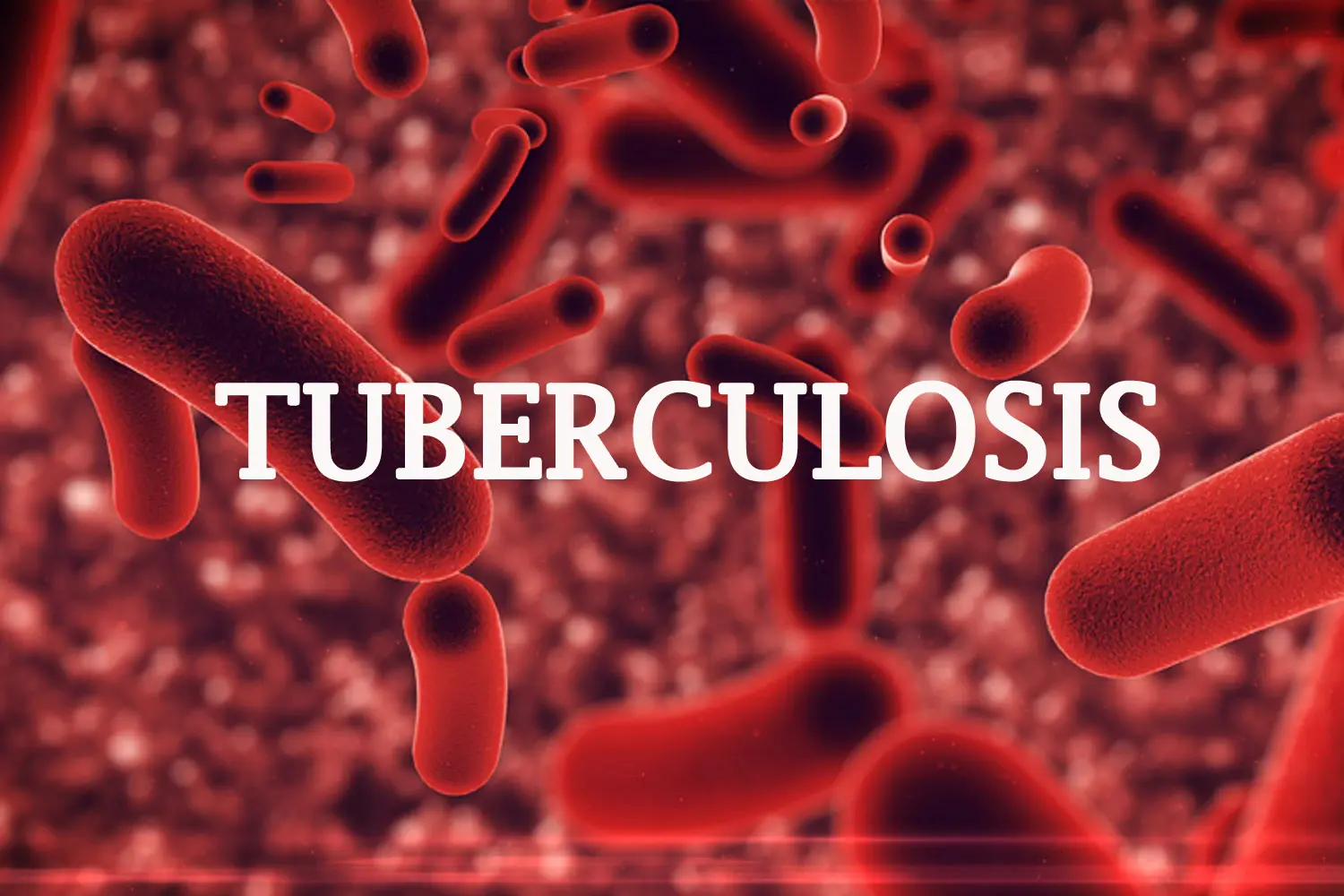From Fred Ezeh, Abuja
World Health Organization (WHO) said it’s happy that the concerted efforts by countries to address the threat of Tuberculosis (TB) is yielding the desired result.
The Organization stated that about 70 per cent of TB cases in the Africa are now being diagnosed and treated, thus marking the highest case-detection rate in the region ever.
Dr. Matshidiso Moeti, WHO Regional Director for Africa, in a message to commemorate 2024 World TB Day, under the theme “Yes! We can end TB”, stated that more efforts are still needed to reduce the devastating impacts of the disease on families and communities. “As WHO, we would continue working closely with governments to address the barriers to effective response and speed up the momentum to make TB history.”
She made reference to WHO Global Tuberculosis Report 2023 which noted that, although the case detection rate has been on the rise since 2018, the region saw a significant increase between 2020 and 2022, rising from 60 per cent to 70 per cent of cases being detected.
“There has also been a notable reduction in the number of people with TB who miss diagnosis. An estimated 700, 000 people missed diagnosis in 2022, a 10 per cent reduction compared to 2021. Africa which accounts of 23 per cent of TB cases and 33 per cent of deaths globally, is making steady progress towards ending the disease.
“For example, Cape Verde, Eswatini and South Africa, have achieved at least a 50 per cent reduction in TB cases. Other countries are expected to reduce TB deaths by 75 per cent and cases by 50 per cent by 2025 compared with the 2015 levels. TB deaths fell by 38 per cent and new cases declined by 23 per cent in 2022 compared with 2015. High-burden TB countries have also surpassed the 2025 milestone to lower TB deaths.
“Despite the progress, further efforts are needed to meet the 2030 global End TB Strategy targets to cut TB deaths by 90 per cent and cases by 80 per cent. In 2022, in the African Region, the Global Plan to End TB 2018-2022 estimated that US$ 3.9 billion were required annually to achieve the targets, but only around US$ 890 million were mobilized for TB prevention, diagnosis and treatment. Domestic funding represented about 46 per cent of total funding for TB (54% from international funding) in 2022. ”
WHO maintained that it’s dedicated to generating and sharing knowledge on effective TB control methods. “We support countries by updating TB treatment guidelines to reflect the latest practices and expanding access to rapid diagnostic tools.”
It emphasized the importance of regional cooperation, and encouraged knowledge exchange and collaborative efforts across countries that would significantly advance the mission to eliminate TB as a public health threat in Africa
WHO observed that challenges such as delayed diagnosis, limited access to new tools and technologies, and the ongoing threat of multi-drug resistant TB require continued vigilance and sustained efforts, thus urging stakeholders to join in providing resources, enhancing community engagement, conducting research, and forming private-sector partnerships.
It also encouraged all Member States to prioritize a multi-faceted approach that addresses the root causes of TB, while bolstering efforts in prevention, diagnosis, and treatment.
“Similarly, health care leaders should recommit to strengthening health care systems, ensuring equitable access to TB care, and scaling up innovative interventions. Investing in research and developing new tools, including vaccines and improved diagnostics, is also essential to accelerate progress.
“Furthermore, countries must prioritize addressing social determinants of TB, such as poverty, inequality, and limited access to healthcare, to achieve sustainable outcomes. Collaboration across sectors and borders is paramount,” it added.

